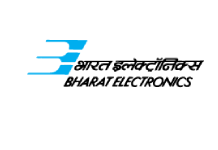Quadrate Multilingual Consultant Pvt Ltd
Data Conversion Services
Quadrate is the trusted choice of leading organizations worldwide.

Data Conversion Services

We convert written works such as books, journals, periodicals, legal and financial documents, newspapers, and other written works that fit perfectly into mark-up languages like HTML, SGML, XML, and other customized languages, assuring precision with characters, forms, and other written formats.
We convert data from all types of files including InDesign, QuarkXPress, 3B2, PDF, TIFF, JPEG, etc, to mark-up languages such as HTML, XML, and SGML, and other word-processing formats.

Data conversion is highly essential when growth is your ultimate goal in the global market. Maintaining your traditional information, exploring the international market, extending your services through attestation of your work history and other steps require data conversion. While in-house data conversion is possible, outsourcing your data guarantees professional work. With your data in our experienced hands, your data is converted to the highest form of quality possible, and delivered to you on time under a reasonable budget.

“Our support extends to an array of languages like Latin, Greek, Spanish, French, Japanese, Chinese, and others to name a few. We also help you with organizing the documents translated as per requirements.”
Data conversion Service
Frequently asked Question
What is the cost of document translation?
What is a certified translation of a document?
What does a certified translation document look like?
What standards should a language service provider have?
– **ISO 9001:2015:** A general quality standard applicable to businesses of any size.
– **ISO 17100:2015:** Specifically designed for translation service providers.
– **ISO 13485:2016:** Tailored for the medical device industry.
– **ISO 18587:2017:** Pertains to translations produced using artificial intelligence (AI) tools, including machine translation (MT) and neural machine translation (NMT).
– **ISO 14971:2019:** Focuses on risk management for medical device companies.




































